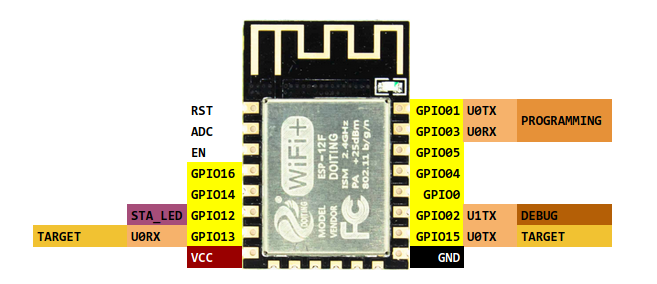This remote-access device can always start a UART connection in your web browser by using an optional 18650 battery.
With the help of a cheap Espressif ESP8266 module, Polish craftsman Andrey Malyshenko has created a handy application for managing and keeping track of UART devices in faraway areas.
"Have you ever had a Raspberry Pi become stuck in the boot loop when it is on the top shelf? Unless you run them from a read-only filesystem, which you should do, by the way, any Pi using an SD card is destined to stop working one-day "Malyshenko talks about the idea behind the undertaking. "I normally unplug it and bring it to the bench to inspect the serial console when that occurs. Recently, disassembling a gadget from its location took longer for me than repairing it did."
The answer: a piece of hardware that provides remote connectivity to a UART bus, similar to how server gear benefits from a "lights-out" remote-access card. "You may attach [this] Wireless Terminal to the device and connect to it over Wi-Fi if it is not practical or convenient to bring your laptop to the gadget, according to Malyshenko. The next step is to utilize the web-based terminal provided by the ESP8266 as though you were directly connected."
The open-source device is designed to be simple. While a variety of UART speeds and settings are available, the WiFiManager library handles authentication and provides a first-boot captive gateway to connect it to your Wi-Fi network. Once linked, the remote end requires no further action: All you need to do is connect your web browser to the device's IP address, and a terminal session magically opens. The gadget also exposes a telnet port for individuals who would rather operate outside of the browser, however, users are cautioned that both are completely unauthenticated.
A battery holder for an optional 18650 lithium-ion cell and a WCH CH340 USB serial chip for straightforward firmware updates are also included on the board's current revision. These features enable the device to continue operating even in the event of a power failure, provided that both the target device and your Wi-Fi router are also outfitted with backup batteries. A single RGB LED serves as a bidirectional activity light in addition to providing status messages.
For $20, the Sonocotta Tindie store now sells the ESP8266 Wireless Terminal; the design files and source code are accessible on GitHub under the permissive MIT license.
















0 Comments